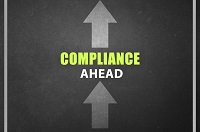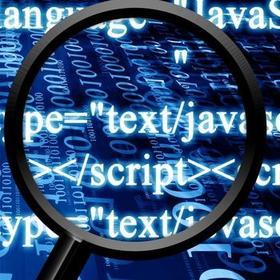
The U.S. Department of Education (the Department) has released Financial Responsibility, Administrative Capability, Certification Procedures, and Ability to Benefit Regulations that become effective on July 1, 2024. The goal of the revised financial responsibility portion of the regulations is to assist the Department in ensuring institutions of higher education (institutions) receiving federal student aid remain financially viable. The Department has observed abrupt closures that harm students and taxpayers. Students are less likely to obtain a degree after a school closes, and taxpayers may end up paying for outstanding student loans.
The new regulations include mandatory and discretionary reporting triggers that indicate financial risk. These triggers allow the Department to require institutions to obtain a letter of credit to ensure financial responsibility unless the entity is a public institution. Public institutions backed by the full faith and credit of a government entity are considered financially responsible even if a triggering event occurs. Public institutions must submit a letter to the Department confirming the backing of a government entity. We recommend institutions that can qualify as public institutions submit the required letter to the Department as soon as possible.
The following are mandatory triggering events that must be reported to the Department:
- Failing the financial responsibility composite score
- Failing to satisfy a condition of federal aid participation such as a high cohort default rate, failing the 90/10 revenue requirement, or having a significant portion of aid input into failing gainful employment programs
- Improperly manipulation of the composite score or otherwise discouraging Department oversight
- Entering into debt covenants that could cause adverse conditions if the Department adds limitations to the institutions/ federal financial aid
- Declaring federal exigency or entering into a receivership
Discretionary triggers to be reported to the Department include:
- Adverse accreditor actions, including orders to show cause or imposing probationary status
- Significant fluctuations in federal student aid volume
- Closing programs of locations that enroll a significant number of students
- Adverse actions by state and federal agencies
The new regulations also require enhanced disclosures of related party transactions. The goal of these new disclosure requirements is to protect students and taxpayers by strengthening the Department’s oversight of higher education institutions. The related party disclosures can also help users of financial statements understand the relationships between a reporting entity and its related parties and draw attention to the potential impact of related party transactions on the institution’s finances.
The related party requirements exceed reporting required under Generally Accepted Accounting Principles. Additional information required to be disclosed by the Department requirements include the name, location, and description of the related party. The transactions disclosed must include the nature and amount of any transactions between the related party and the institution (financial or otherwise) regardless of when they occurred. Furthermore, if there are no related party transactions during the audited fiscal year or related party outstanding balances reported in the financial statements, a footnote to that effect must be added.
The related party disclosures are required for financial statements issued after July 1, 2024, regardless of fiscal year. For example, December 2023 year-end financial statements issued after June 30, 2024, must include the new disclosures. Institutions will need to review systems in place and enhance them as necessary to ensure the necessary information needed to complete the disclosures is available.
The American Institute of Certified Public Accountants (AICPA), has provided the following examples of related party footnotes to comply with the new requirement:
Example 1 – Related Party Transactions Exist
Note Y, Related Party Disclosures Require by the U.S. Department of Education (Unaudited)
The following list of related party transactions is provided solely to comply with the Financial Responsibility, Administrative Capability, Certification Procedures, Ability to Benefit regulations promulgated by the U.S. Department of Education:
[Insert list or table that includes information required by the Department for all related party transactions.]
Example 2- No Related Party Transactions Exist
Note Y, Related Party Disclosures Required by the U.S. Department of Education (Unaudited)
To comply with the Financial Responsibility, Administrative Capability, Certification Procedures, Ability to Benefit regulations promulgated by the U.S. Department of Education, XYZ Entity Reports [Insert statement that there were no related party transactions during the audit period].
If the institution does not differentiate between the portion of the disclosures required by Generally Accepted Accounting Principles and by the Department, they would be covered by the opinion and not shown as unaudited. In situations when the auditor cannot obtain sufficient appropriate audit evidence about related party disclosures, modifications to the auditor’s opinion may be necessary.
Your audit team members will be contacting your personnel to inquire about these new triggers and disclosures to determine their applicability. If you have any questions regarding the new financial responsibility regulations and their impacts to your organization, please reach out to a member of your audit team.










